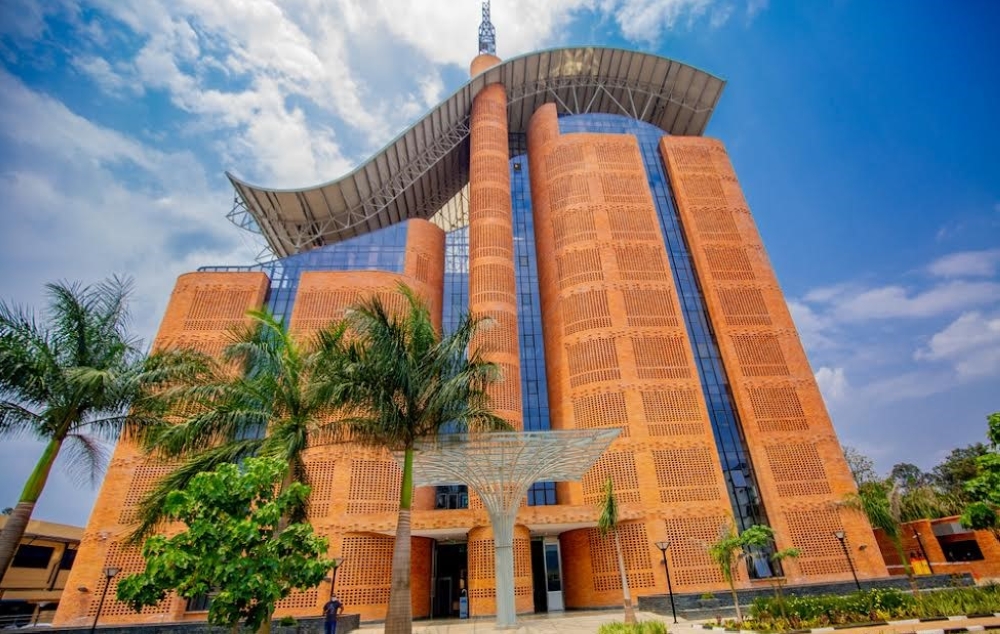As the world marked the World Refugee Day, it was revealed that the issue of refugees is not about to go away soon, and instead, had hit a whole time high. The continuous sounds of gunfire in all corners of the world mean that now the number of refugees has hit a 50 million mark. If one was to add the number of internally displaced, the figure would be much higher. Many in Rwanda have experienced the stateless life of a refugee, the stigma and marginalization of living in a refugee camp or roaming the streets of African and European Capitals in search of the daily bread.

As the world marked the World Refugee Day, it was revealed that the issue of refugees is not about to go away soon, and instead, had hit a whole time high.
The continuous sounds of gunfire in all corners of the world mean that now the number of refugees has hit a 50 million mark. If one was to add the number of internally displaced, the figure would be much higher.
Many in Rwanda have experienced the stateless life of a refugee, the stigma and marginalization of living in a refugee camp or roaming the streets of African and European Capitals in search of the daily bread.
That is why the government has set up policies to eliminate whatever can cause its nationals to take the road to exile. That includes fighting against any forms of discrimination, persecution and creating a conducive atmosphere to encourage any Rwandan refugee to return home.
Rwanda’s open door policy towards refugees has seen over 70,000 refugees, most of them from the Democratic Republic of Congo, flock in seeking protection. But will this cycle ever end?
Instead of the world running around mobilizing funds to feed refugees, it would be better off fighting the root causes of refugees. Early warning should be acted upon rapidly, instead of waiting until a situation has flared up.
Rwanda acted as a litmus test 20 years ago and by now the international community would be expected to have learnt a lesson, but that is overshooting expectations.






